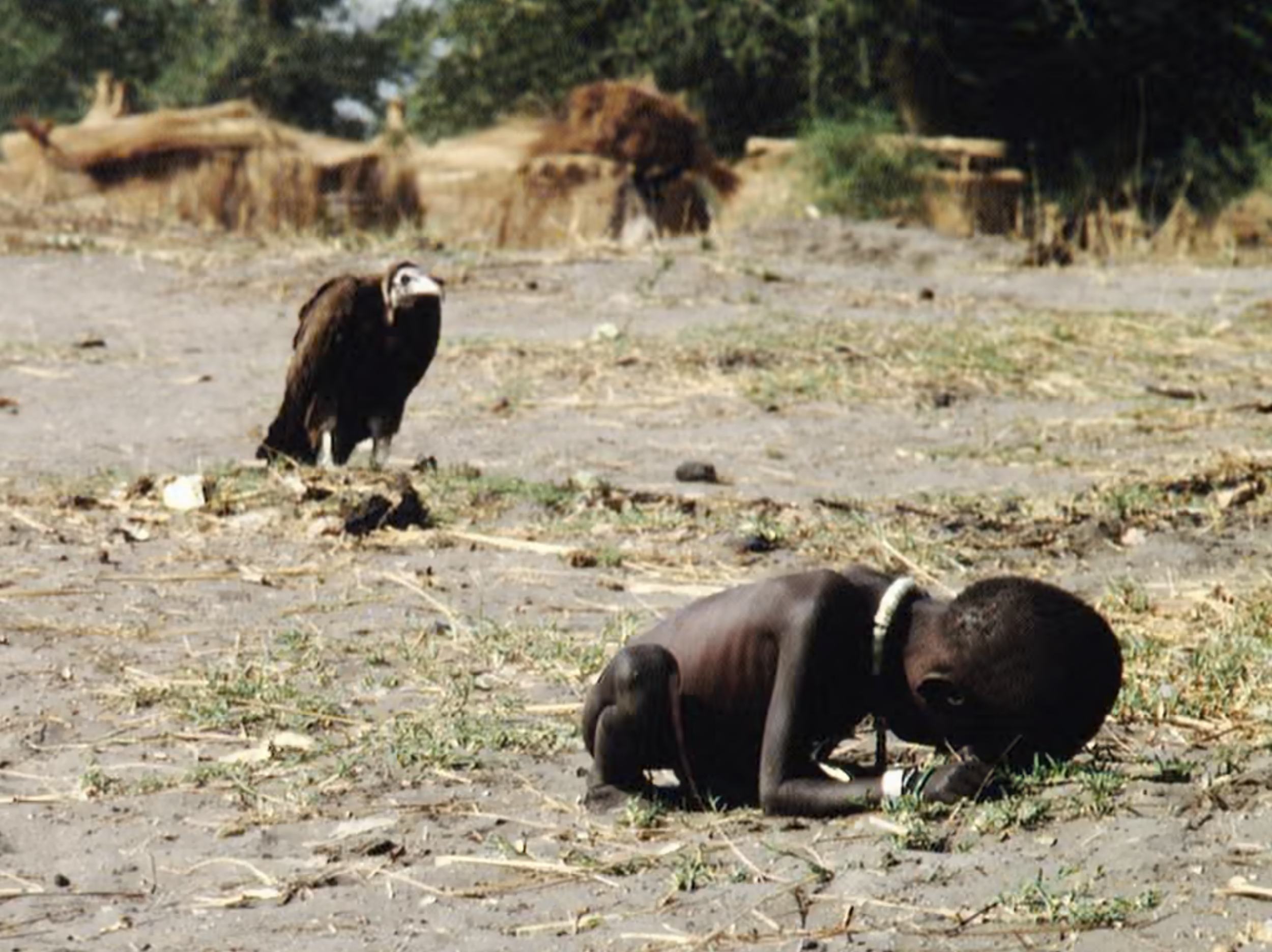Framing Ethics: Navigating the Moral Landscape of Photography
Photography, at its core, is a powerful storytelling tool—one capable of documenting history, revealing truths, and sparking change. But with that power comes responsibility. Whether you're a photojournalist embedded in a conflict zone, a street photographer capturing the pulse of urban life, or an artist using imagery to explore human emotion, the ethical boundaries of what to photograph—and what to publish—are critical considerations.
The Ethical Dilemma: To Shoot or Not to Shoot?
Photojournalists and documentary photographers often find themselves in environments charged with tension, trauma, or vulnerability. The question arises: Should the photographer capture a moment of suffering, or intervene to help? The classic debate pits the role of observer against that of participant.
Perhaps no image illustrates this better than Kevin Carter’s 1993 Pulitzer Prize-winning photograph of a starving Sudanese child collapsed on the ground while a vulture lurks ominously nearby. The image was seared into the global conscience and provoked intense backlash. People asked: Why didn’t Carter help? He later revealed he had chased the vulture away but left the child, unsure of what else to do. The ethical weight of his role—and the criticism he faced—deeply affected him. Carter tragically took his own life just months after receiving the Pulitzer.
Kevin Carter, “The Vulture and the Little Girl”, 1993
This case underscores the emotional toll that ethical decisions can take on photographers. It also raises critical questions: Is documenting suffering a way to raise awareness, or a form of exploitation? What responsibilities do photographers have once the shutter clicks?
Consent, Context, and Candidness
Street photography exists in a more ambiguous ethical space. Legally, photographers in many countries are allowed to shoot in public spaces without needing permission from their subjects. But just because you can take a photo doesn’t always mean you should.
Candid shots of people on the street, in moments of joy, sorrow, or conflict, can be deeply compelling—but they can also be invasive. Consider the power dynamic: Does the subject have the ability to consent? Are they aware they’re being photographed? If the image were of you, would you feel misrepresented or exposed?
Ethical street photographers often wrestle with these questions and develop personal codes: seeking verbal consent when appropriate, avoiding images of people in distress, or choosing not to publish photos that might cause harm or embarrassment.
One example of this tension is found in the story behind Afghan Girl, the iconic 1984 portrait by Steve McCurry. The image of Sharbat Gula, a young Afghan refugee with piercing green eyes, became one of the most recognizable photographs in the world after appearing on the cover of National Geographic. Yet for years, Gula didn’t even know she had become a global symbol. When McCurry tracked her down in 2002, she expressed discomfort at her image being used without her full understanding or consent. Her experience challenges us to ask: Are the subjects of powerful photos given agency over how their image is shared with the world?
Steve McCurry, “Afghan Girl”
Choosing the Right Subject
Selecting what and who to photograph isn’t just a creative decision—it’s a moral one. When choosing a subject, ask yourself:
Am I portraying the subject with honesty and respect?
What story am I telling, and who benefits from its telling?
Could this image perpetuate stereotypes or reinforce harmful narratives?
Would I be comfortable having this photo taken of me or someone I love?
Photographers also need to be mindful of cultural sensitivities, power imbalances, and the long-term impact of an image on its subject. A “powerful shot” isn’t worth capturing if it dehumanizes, objectifies, or endangers someone.
Publishing with Purpose
The decision to publish an image is as important as the decision to take it. Editors, curators, and photographers alike must consider context, accuracy, and potential harm. Sensationalism, while attention-grabbing, can distort reality or exploit trauma.
Captioning and context matter immensely. A powerful image, stripped of its background, can lead to misinterpretation or even misinformation. Transparency about how a photo was taken and what it represents is essential to maintaining trust with an audience.
A Personal Code of Ethics
There’s no one-size-fits-all rulebook for ethical photography, but creating your own framework can help guide your practice. Consider writing a personal manifesto or code of conduct that addresses the following:
When you will and won’t photograph strangers
How you handle consent and communication
Your stance on post-processing and image manipulation
The criteria you use for publishing work
Ethical photography doesn’t mean shying away from hard truths—it means approaching your craft with empathy, integrity, and respect. As photographers, we don't just capture moments; we shape narratives. And in doing so, we hold a unique responsibility to honor the humanity behind the lens.

